Cats have long been enigmatic creatures, captivating humans with their mysterious behavior and independent nature. As science delves deeper into understanding these fascinating animals, several studies have emerged to reveal insights that have reshaped our perception of our feline friends. From their communication methods to their health, these studies provide a glimpse into the complex world of cats.
The Secret Language of Cat Purrs
One of the most intriguing aspects of cats is their purring. While it’s commonly associated with contentment, a study published in the journal “Current Biology” revealed that cats also purr to communicate with humans. This study discovered that cats produce a specific type of purr, called the “solicitation purr,” which incorporates a high-frequency component similar to a baby’s cry. This sound is particularly effective in getting a human’s attention, suggesting that cats have evolved to communicate their needs in a way that resonates with human caregivers.
Decoding the Cat’s Gaze
Cats are known for their intense, unblinking stares, which can sometimes feel like they’re peering into your soul. Research from the University of Tokyo found that cats use their gaze as a form of communication. When a cat slowly blinks at you, it’s a sign of trust and affection. This “cat kiss” is comparable to a human smile and is a way for cats to bond with their human companions. Understanding this subtle form of communication can strengthen the bond between cats and their owners.
Understanding Cat Social Structure
Contrary to popular belief, cats are not solitary creatures. A study conducted by the University of Bristol revealed that cats have a complex social structure, particularly in multi-cat households. The research showed that cats form hierarchies and develop strong social bonds with other cats they live with. This study challenges the notion that cats are antisocial and highlights the importance of social interaction for their well-being.
The Science Behind Cat Affection
Many cat owners can attest to the affection their feline friends show them, but what drives this behavior? A study from Oregon State University provided insights into cat-human relationships. The research found that cats form attachments to their owners similar to those seen in dogs and human infants. The study used a “secure base test” to assess the bond between cats and their owners, demonstrating that cats see their humans as a source of comfort and security.
How Cats Perceive Time
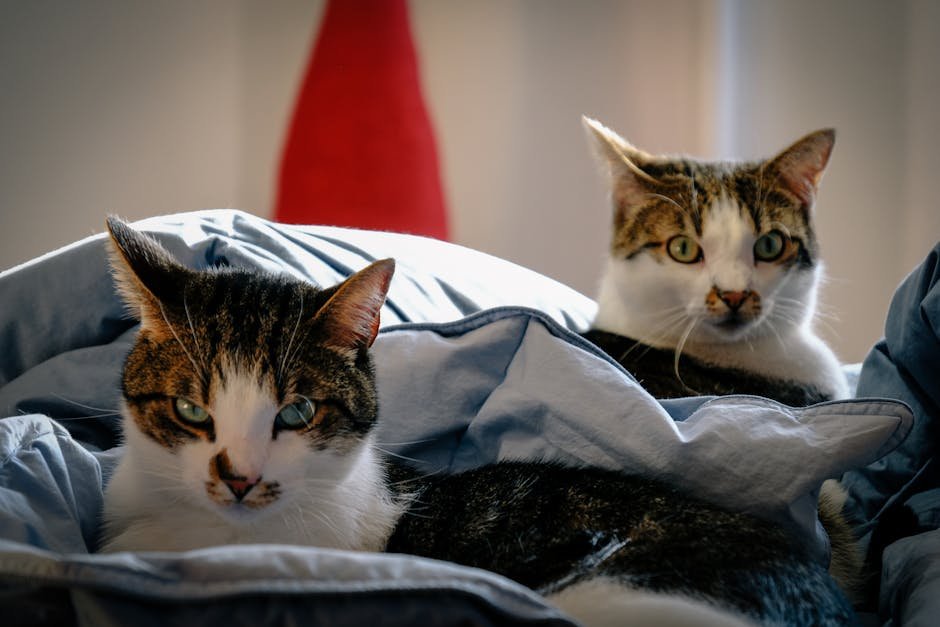
Have you ever wondered if your cat knows when it’s feeding time? A study from Northwestern University explored how cats perceive time. The research indicated that cats possess a sense of time, which they use to anticipate regular events like meals. This internal clock is thought to be linked to their circadian rhythms, allowing them to predict when certain activities will occur. This finding helps cat owners understand the importance of maintaining a consistent routine for their pets.
The Healing Power of Cat Purrs
Beyond communication, purring has physiological benefits for cats and their owners. A study published in “The Journal of Acoustical Society of America” found that the frequency of a cat’s purr can promote healing. The vibrations produced by purring can accelerate bone healing, reduce pain, and decrease inflammation. This discovery suggests that cats may purr not only to communicate but also to self-soothe and heal themselves.
Cats and Their Hunting Instincts
Cats are natural hunters, and a study by the University of Georgia examined the impact of domestic cats on local wildlife. Researchers used small cameras attached to cats’ collars to observe their hunting behavior. The study revealed that cats are more prolific hunters than previously thought, with a significant number of birds and small mammals falling prey to their predatory instincts. This research underscores the importance of responsible pet ownership to protect local ecosystems.
The Influence of Early Socialization
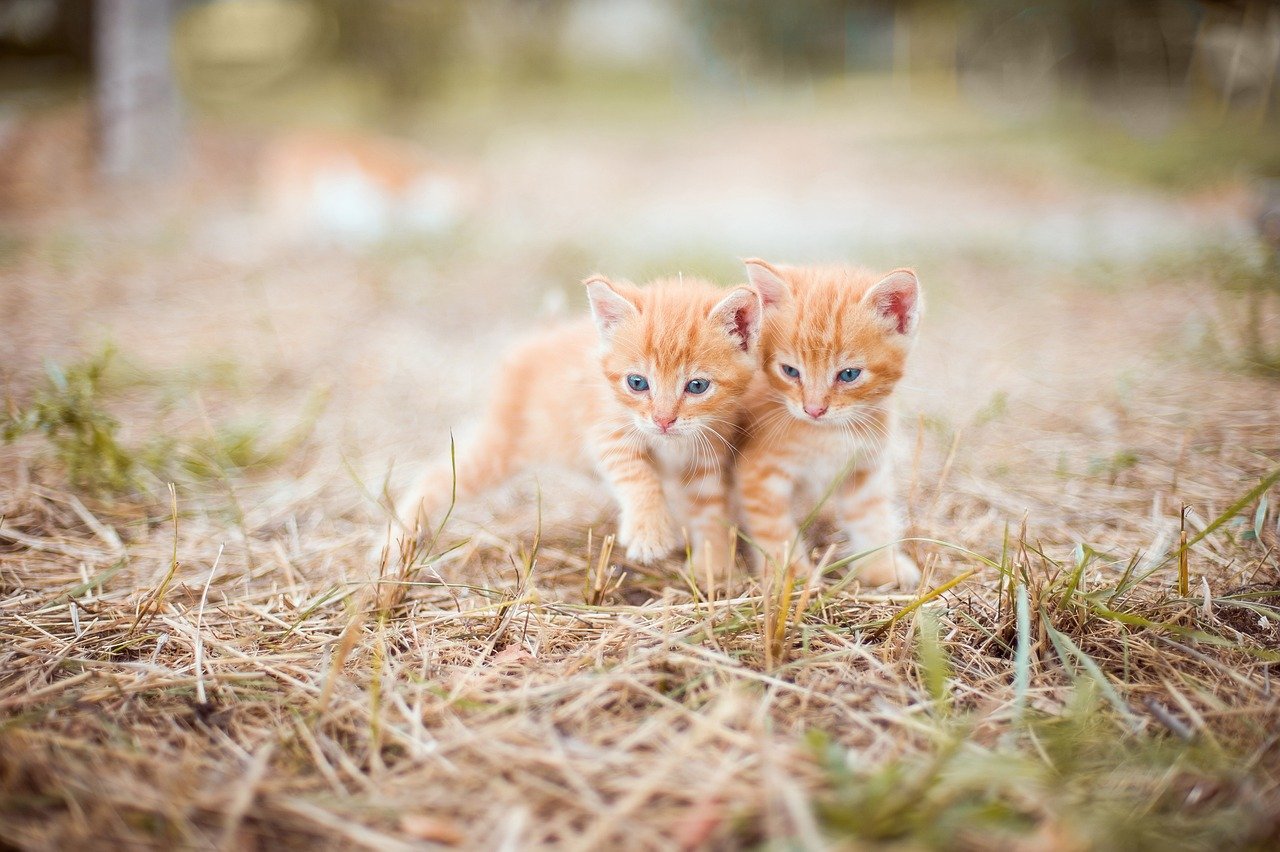
The first few weeks of a kitten’s life are crucial for their development. A study by the American Veterinary Medical Association highlighted the significance of early socialization. Kittens exposed to a variety of people, animals, and environments during their critical socialization period (between two to seven weeks of age) tend to grow into well-adjusted adults. This research emphasizes the importance of early experiences in shaping a cat’s behavior and temperament.
The Role of Genetics in Cat Behavior
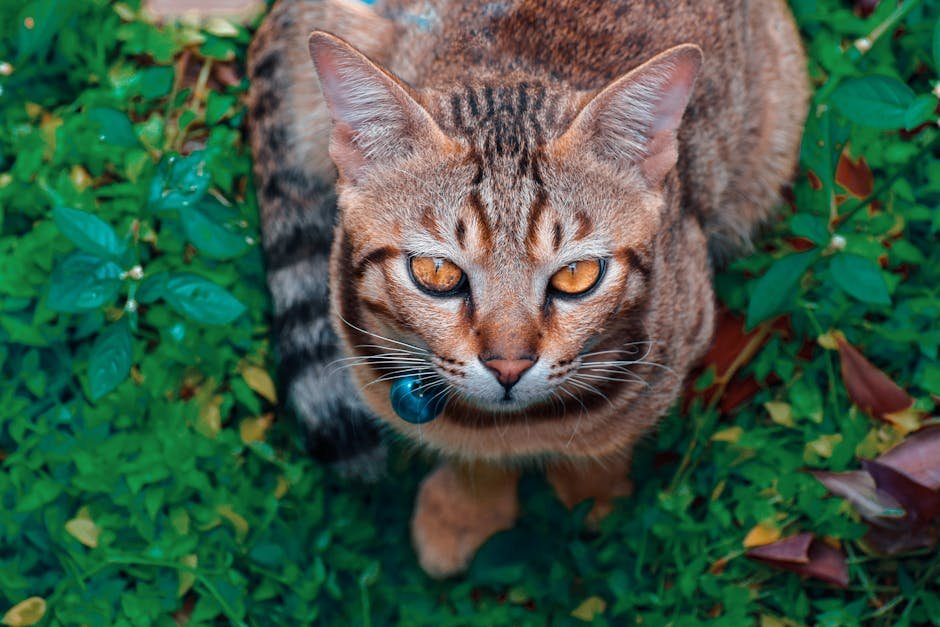
Genetics play a significant role in a cat’s behavior, as shown by a study from the University of Helsinki. Researchers analyzed the genetic makeup of various cat breeds and found specific genes linked to traits like aggression, fearfulness, and sociability. This research provides insights into why certain breeds exhibit specific behaviors and can help cat owners choose a breed that aligns with their lifestyle and expectations.
Cats’ Ability to Recognize Their Names
A fascinating study from Sophia University in Japan revealed that cats can recognize their names. Researchers tested cats by having their names called alongside other similar-sounding words. The results showed that cats responded more frequently to their names, indicating that they can distinguish their names from other sounds. This study highlights the cognitive abilities of cats and their capacity for learning and recognition.
Cat’s Unique Way of Drinking
One of the more surprising studies focused on how cats drink water. Researchers at the Massachusetts Institute of Technology discovered that cats use a delicate balance of gravity and inertia to draw liquid into their mouths. Unlike dogs, which use their tongues like a ladle, cats gently touch the surface of the liquid with their tongues and then quickly retract them, creating a column of liquid they can then engulf. This elegant and efficient method showcases the precision and adaptability of cats.
The Mysterious World of Cat Dreams
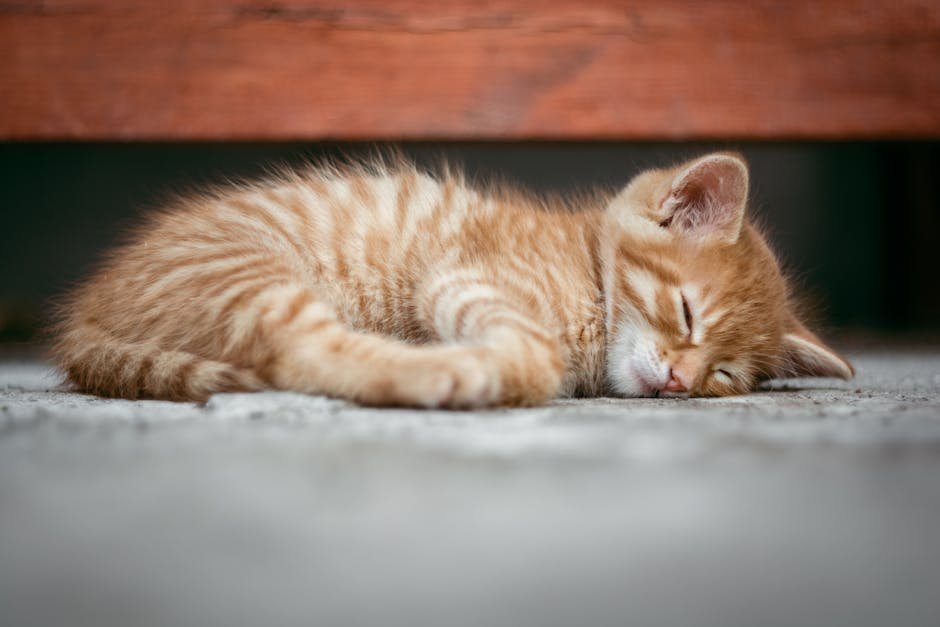
Just like humans, cats experience different stages of sleep, including REM sleep, which is associated with dreaming. A study by the University of Liverpool explored the dreaming patterns of cats. The researchers found that cats exhibit twitching and rapid eye movements during REM sleep, suggesting they experience dreams. While we may never know what cats dream about, this study adds depth to our understanding of their sleep cycles and cognition.
Cats and Their Territorial Nature
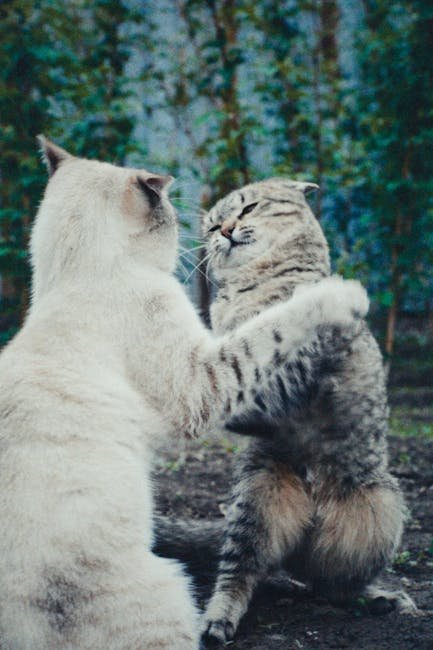
Territorial behavior is a prominent trait in cats, and a study conducted by the University of Illinois explored how cats establish and maintain their territories. The research found that cats use scent marking, vocalizations, and body language to communicate their presence and boundaries to other animals. Understanding this behavior can help cat owners manage multi-cat households and reduce conflicts between pets.
The Science of Cat Memory

Cats have a remarkable ability to remember past experiences, as shown by a study from Kyoto University. Researchers tested cats’ memory by hiding food in specific locations and then observing if the cats could remember where the food was hidden. The study revealed that cats have both short-term and long-term memory, allowing them to recall information about their environment and experiences. This memory capacity is essential for their survival and adaptability.
The Impact of Diet on Cat Behavior
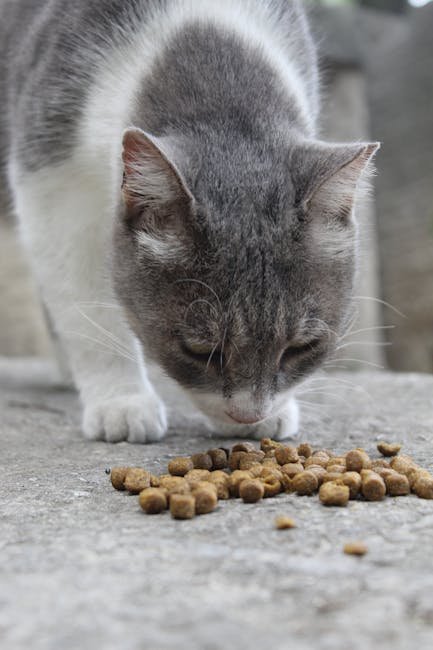
Diet plays a crucial role in a cat’s behavior and overall health. A study by the University of California, Davis, examined the effects of different diets on feline behavior. The research found that cats fed a high-protein, low-carbohydrate diet exhibited reduced aggression and anxiety compared to those on a conventional diet. This study highlights the importance of proper nutrition in promoting positive behavior and well-being in cats.
Cats’ Sensitivity to Human Emotions
Cats are often thought of as aloof, but a study from the University of Lincoln found that they are sensitive to human emotions. The research showed that cats can recognize and respond to their owner’s emotional cues, such as happiness or distress. This ability to pick up on human emotions strengthens the bond between cats and their owners and challenges the stereotype of cats as indifferent companions.
The Influence of Neutering on Behavior

Neutering is a common practice for controlling the cat population, and a study by the University of Veterinary Medicine in Vienna explored its effects on behavior. The research found that neutering reduces aggressive behavior and roaming tendencies in male cats, while also decreasing the likelihood of certain diseases. This study underscores the benefits of neutering for both the individual cat’s health and the broader community.
Understanding Cat Play Behavior
Play is an essential part of a cat’s life, providing mental stimulation and physical exercise. A study from the University of Exeter examined the play behavior of domestic cats and found that it mirrors their hunting instincts. The research highlighted the importance of providing cats with adequate play opportunities to satisfy their natural behaviors and prevent boredom-related issues.
Cats’ Ability to Navigate Their Environment
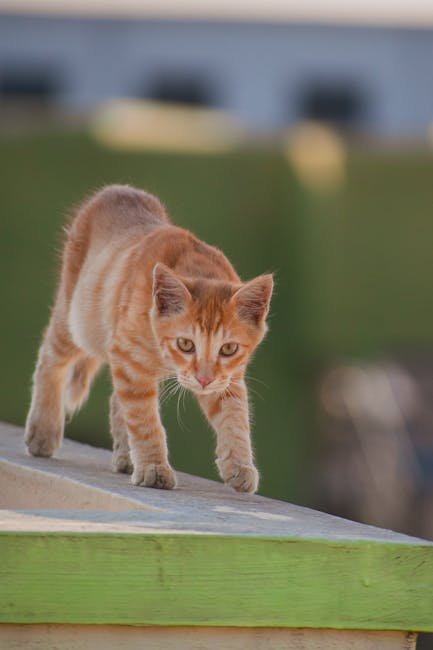
Cats are known for their keen sense of direction, and a study from the University of Carolina explored how they navigate their environment. The research found that cats use a combination of visual landmarks and their acute sense of smell to find their way home. This impressive navigational ability is a testament to their adaptability and survival instincts.
The Importance of Enrichment for Indoor Cats

For indoor cats, environmental enrichment is crucial for preventing boredom and promoting mental health. A study from the University of Queensland examined the effects of enrichment on indoor cats’ behavior. The research found that providing toys, climbing structures, and interactive activities reduced stress and improved overall well-being. This study emphasizes the need for cat owners to create stimulating environments for their indoor pets.
In conclusion, these scientific studies have transformed our understanding of cats, revealing the complexity and depth of their behavior and interactions. As we continue to learn more about these fascinating creatures, our appreciation for the bond between humans and cats only deepens.
Hi, I’m Bola, a passionate writer and creative strategist with a knack for crafting compelling content that educates, inspires, and connects. Over the years, I’ve honed my skills across various writing fields, including content creation, copywriting, online course development, and video scriptwriting.
When I’m not at my desk, you’ll find me exploring new ideas, reading books, or brainstorming creative ways to solve challenges. I believe that words have the power to transform, and I’m here to help you leverage that power for success.
Thanks for stopping by, Keep coming to this website to checkout new articles form me. You’d always love it!






